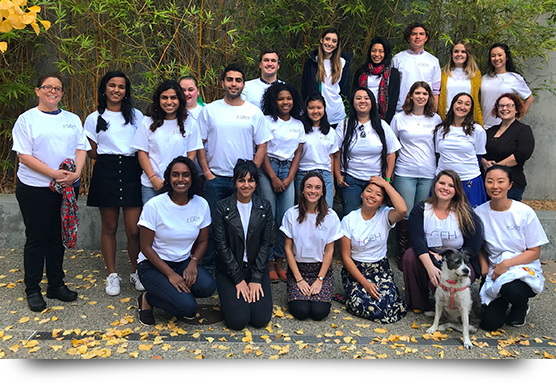Sports and Sexual Violence
Our Project Team, Research Process & Findings
Research was led by seven faculty investigators, four staff members and sixteen (undergraduate and graduate) students from across the three campuses. All people involved in the research received comprehensive training in violence prevention education, research ethics and compliance, qualitative research methods, and trauma-informed care. All participants were compensated for their time and provided information on where to go for local violence-support services, if needed.
All study materials were approved by institutional review boards at each campus. Transcripts were redacted of identifying information. Analysis was done collaboratively by multiple researchers who developed a coding tree that laid an analytic blueprint of the relationship between the major themes, topics, ideas, concepts, and terms. Salient themes emerged and form the basis of these findings.
FINDINGS
Sexual violence is pervasive but poorly understood by student-athletes. Student-athletes believed sexual violence was a common problem on their campus, including within the sports system, but they struggled to define it. Most said they hadn’t ever considered how to distinguish between concepts like ‘sexual assault’ and ‘sexual harassment’ and “nonconsensual sex,” but all participants knew these experiences involved a violation of someone’s personal boundaries.
“I hear about sexual assault all the time, like in the media and throughout the college orientation programs, but it’s never really been drilled into my head – like what it is and how to deal with it.”
[Female Athlete]
Students narrated how it was further difficult to describe and quantify sexual violence on their campus because of what they referred to as a “gray area” or “gray zone.” This gray area/zone made it hard for many students to translate negative sexual experiences that caused discomfort or feelings of harm, but did not fall under a legal definition of sexual assault.
“Let’s say people are making out and it’s okay, and it seems like it’s okay to go further, but one person hesitates. They don’t want to continue. But in the moment it’s a gray area. Is it sexual assault? If it was consensual in the beginning and then leads to something else that – you know – may or may not have been consensual…Is that sexual assault? Even though two people were like, “we’re okay with it” when starting… that’s where I don’t know. Where would you draw the line?”
[Female Athlete]
Although persons of any gender and sexual identity can, and do, experience sexual violence, student-athletes primarily conceptualized sexual assault and harassment along a binary – as abuses against women, perpetrated by men.

Credit: Michelle Gregorio

